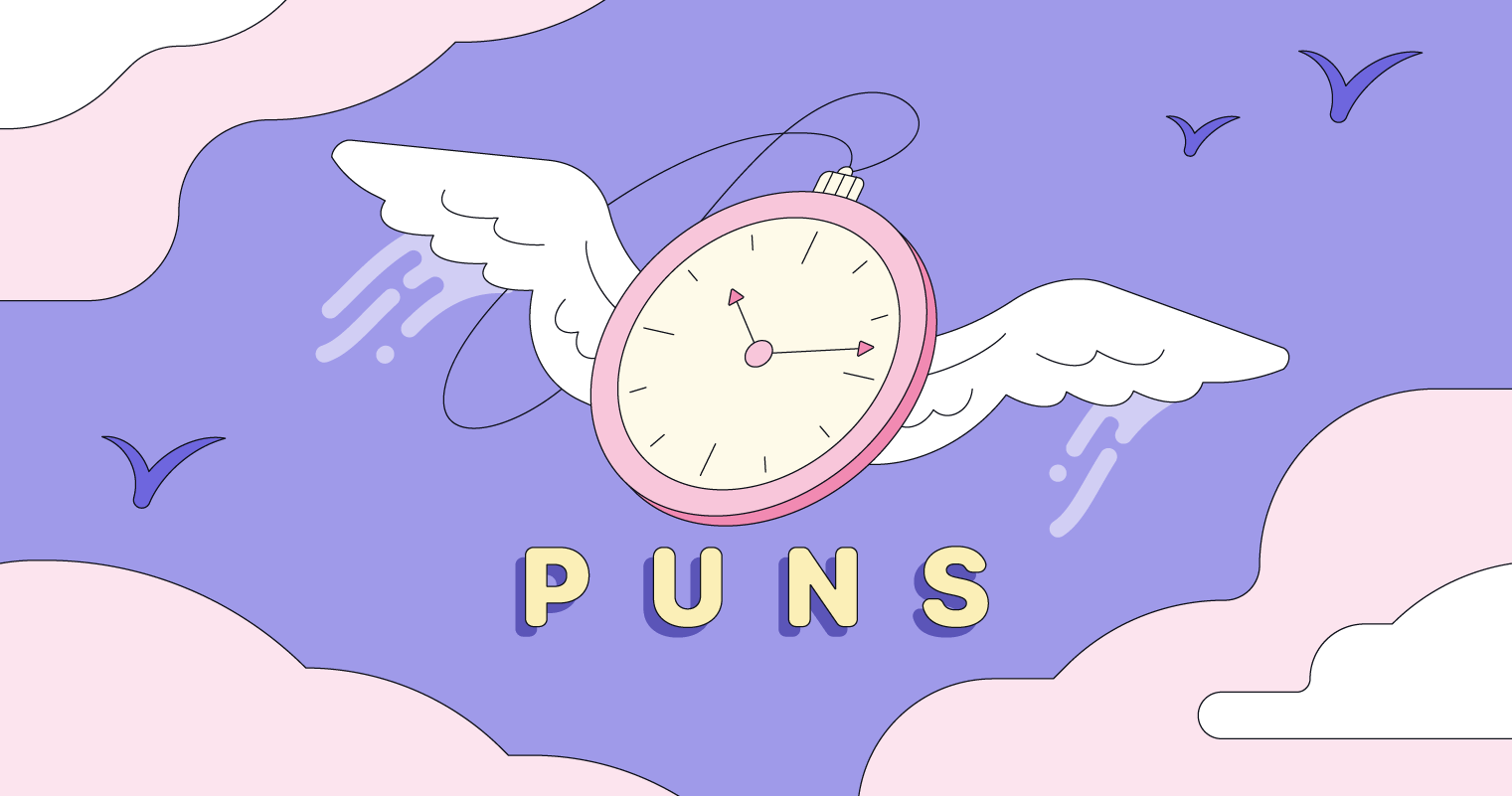
Puns work by exploiting the multiple meanings of words or the phonetic similarities between them, creating a humorous or rhetorical effect. They typically rely on homophones, which are words that sound alike but have different meanings, or homographs, which are words spelled the same but with different meanings[2][4]. For instance, a classic pun is 'a boiled egg every morning is hard to beat,' playing on the meanings of 'beat'[2].
Using puns requires the reader to recognize both meanings to appreciate the humor fully. They can serve various purposes beyond generating laughter, such as enhancing the reader's interpretation or adding layers of irony[1][3][5].
Get more accurate answers with Super Pandi, upload files, personalized discovery feed, save searches and contribute to the PandiPedia.
Let's look at alternatives:
- Modify the query.
- Start a new thread.
- Remove sources (if manually added).